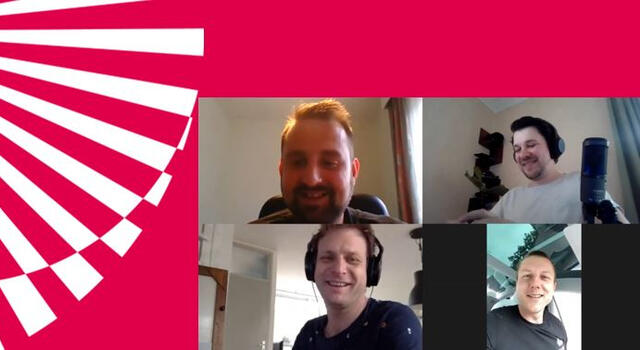Good software isn’t just error-free, it’s also software that actually does what the client expected it to do. This might seem obvious, but in real-life cases it often isn’t and it’s actually one of the biggest obstacles in software development. The client thinks that his request is clear and the developer thinks to know what the clients wants, while actually their ideas still differ. Moreover, The clients’ requirements are expressed in very technical terms by the development team, only readable and understandable by those with a strong IT-background. Therefore there is a high chance on miscommunication, as the client is unable to review the requirements, which results unintended bugs that are mainly only noticed at the end of the development process. In order to avoid these misunderstandings, and to avoid that wrong software is being developed, Behaviour-Driven Development focuses on collaboration and communication, by utilizing a ubiquitous language and creating a common understanding.
Want to know more about how you can adopt BDD in your teams?
